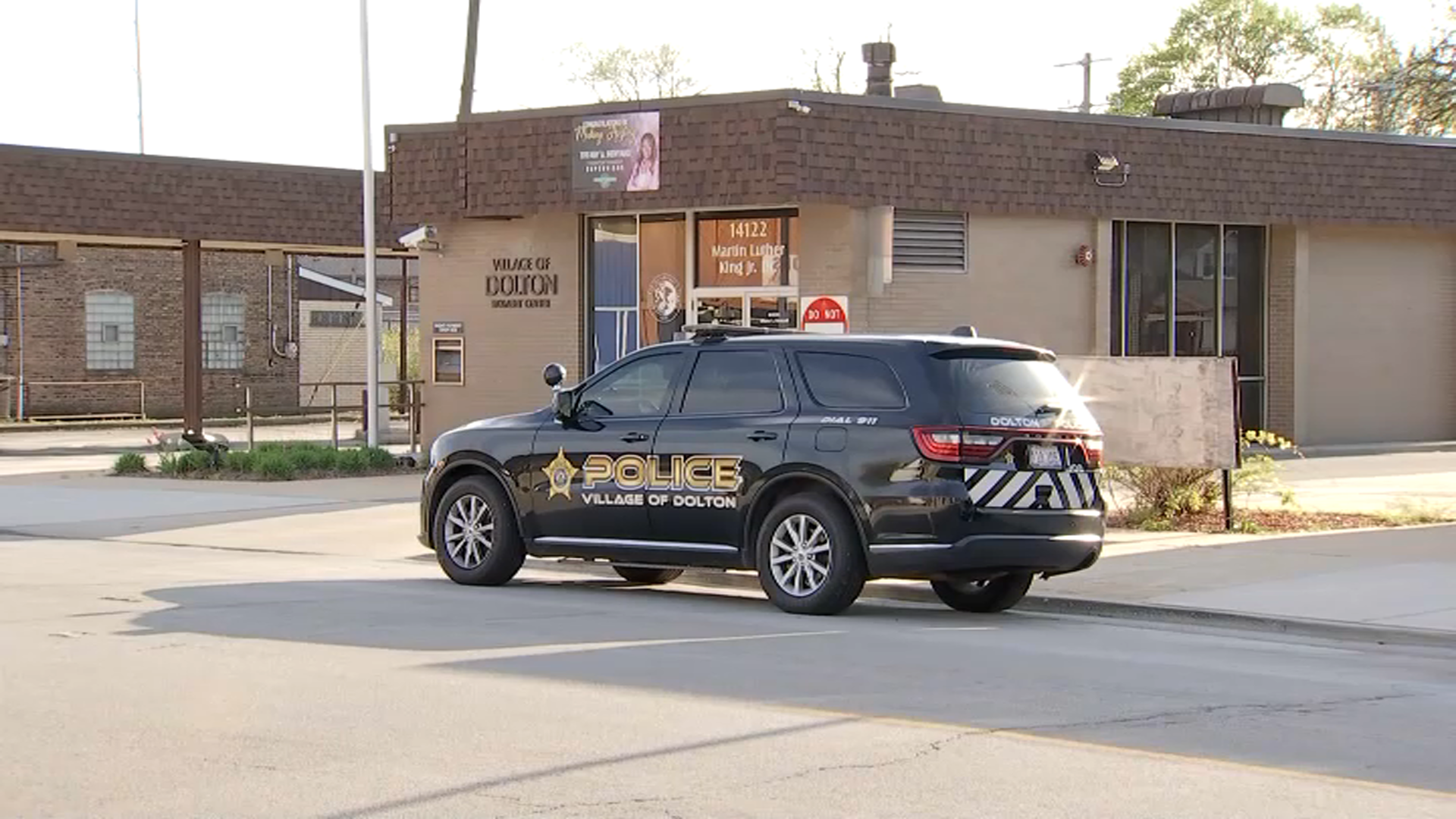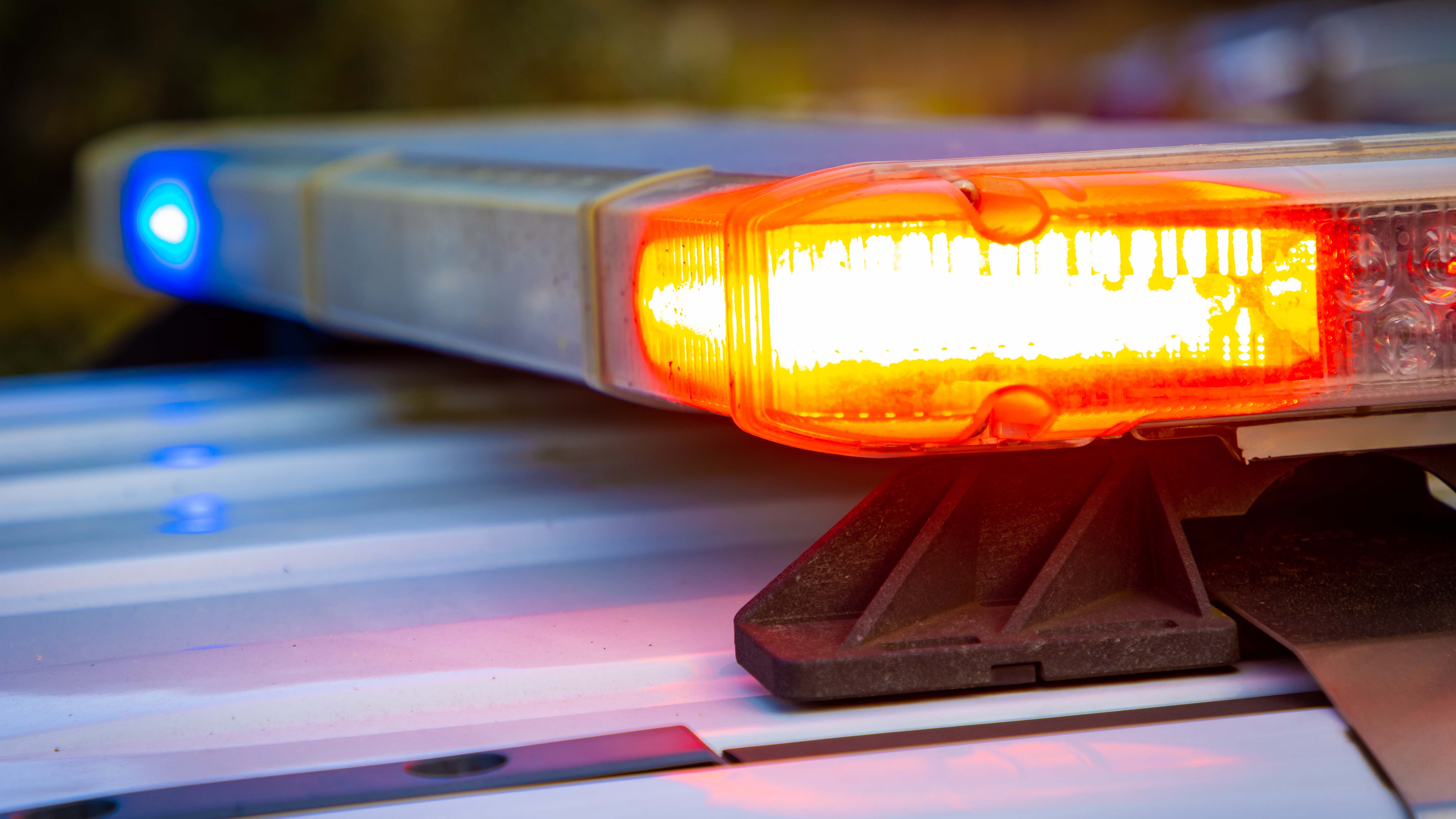The overwhelming percentage of murders taking place in Chicago can be traced to either gang members or to others who have some sort of gang tie, according to Deputy Chief of Police Kevin Ryan.
Celebrating 30 years on the force this year, Ryan, who heads Area Central, says Chicago has 59 gangs, 625 factions totaling 125,000 members. And that an estimated 75% of murders in Chicago are gang related. Using that percentage 571 of Chicago’s 762 killings in 2016 are gang related.
But the street gangs of today bear little resemblance to those of the 1960s, 70s and 80s.
Gangs today are fragmented and the violence is random, fueled in part by something we almost all use on a daily basis: social media.
“It’s become a status symbol to have a gun and pose with it on Facebook,” Ryan said in an interview at the 7th Police District in Englewood.
That is in stark contrast to what would have occurred four decades ago, he said. “I might have spray painted something bad about you and your gang on a wall back then and a few hundred people see it. Now I’m putting it on YouTube, Facebook and other things and thousands and thousands of people are seeing it, making fun of you and questioning your manhood or whatever.”
The history of gangs in Chicago is long and complex.
Local
In the early 1960’s the Eastside Disciples battled the Blackstone Rangers for supremacy on the South Side.
It was a time when gangs, with memberships in the hundreds – if not thousands – showcased their colors and graffiti.
When leaders like Jeff Fort - whose Blackstone Rangers became the El Rukns – and Larry Hoover of the Gangster Disciples ruled the streets.
“All the gang leadership really did was focus an ability to direct millions of dollars coming off illicit narcotics sales up to a very small group of people,” Ryan said.
But the days of large organized street gangs are over said James Highsmith. “The city of Chicago has a lot of problems,” he said in an interview in his south suburban home, “but one problem they do not have and that's a gang problem. There is no more gangs in the city of Chicago. The city of Chicago has a violence problem.”
At the age of 66, James Highsmith speaks with the authority of time. An imposing man he went to prison three times, the last time as part of a major federal drug investigation in the 1990s.
Today the walls of his home office show off the certificates honoring his anti-violence work.
He has been on both ends of a gun, as the shooter and the victim, he said.
“Most of the guys who got killed back then were the ones that whoever killed them intended to kill,” Highsmith said.
And now?
“Babies being killed. Women being shot,” he noted, “bullets flying everywhere.”
According to Chicago police, gangs on the West Side exist to sell drugs, as in the recent arrest of a Vice Lord heroin ring.
But on the South Side?
“The South Side has devolved into small sets basically fighting over social media,” Chief Ryan said. “Everything is magnified because the information flow is so much greater.”
In essence social media has become home to the new graffiti, gangbangers marking their turf and continuing a cycle of violence capturing attention not only in Chicago but across the nation.
Asked if those committing the violence are encouraged by the reaction on social media, including that of President Trump, Chief Ryan replied, “Absolutely, it’s like a badge of honor for some of them, some of them find it funny.”
Even the President is tweeting about it?
“Yes,” he says, “some of them.”



